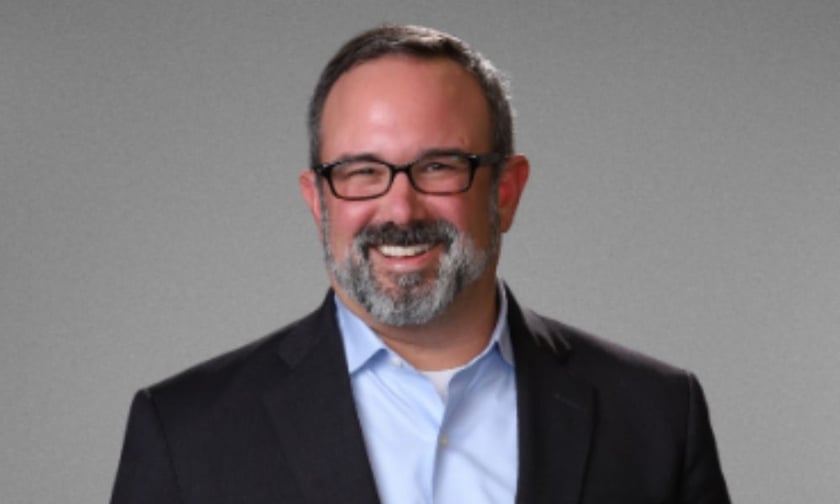

According to Jonah Lipin (pictured), the chief product officer at Specialty Program Group (SPG), carriers are enthusiastic about how MGAs have transformed their internal workings to speak a similar language when dealing with business.
“There’s a lot of excitement with the sophistication that a lot of MGAs are now bringing into the market,” he said.
“They are building resources around actuarial claims management, everything that a large carrier would bring to the table as well as services to their individual specialty underwriters to help them manage and understand their books.”
It should be the main priority that insurance companies across the spectrum find greater alignment to make these partnerships long-term and agreeable.
“We have to all be on the same page on where we want the product to go and what we want it to look like,” Lipin added.
“The more that you can match resources across the organizations, from the carrier and capacity side to the MGA side, the better that relationship is going to be in the long term.”
During an interview with Insurance Business at this year’s Target Markets in Arizona, Lipin spoke about why thorough and comprehensive data is necessary to tackle challenges in today’s market. He also discussed how the rise of the Metaverse may complicate the insurance market while also allowing for new innovations.
When speaking about current threats in the market, Lipin noted that, for the most part, they are similar to what has been witnessed over the past couple of years.
“Nat cat property, coastal Florida property, those continue to be problematic,” he said.
“Luckily, it looks like we’re having somewhat of a mild season here and so, hopefully, that will open up some reinsurance capacity in the future for that business.”
While there may be cautious optimism in that regard, Lipin admitted that from a data analytics perspective, there is a lot more that needs to be done.
“We need to do a better job with data across the industry,” he said.
He specifically pointed out how retail brokers would benefit the most from an understanding of large data to help illustrate their clients’ unique concerns to create tailored products that fulfill their needs.
This could create a new frontier in the industry, as the top players are able to have a better handle of data from a premium loss and customer exposure perspective.
“They’re going to be the winners in the future,” Lipin said.
“They’re going to be the ones that identify where those needs are emerging, which coverages are and aren’t needed, and what’s going on.”
Looking to the future of the programs sector, Lipin is curious to see how a widespread adoption of the Metaverse will impact companies and the products they offer as they stretch to intangible assets.
“There are real assets inside these virtual worlds that people are spending real money on,” he said.
“Some of these platforms are creating models that are kind of chaos based, where things that happen in real life can happen on the platform, including storms, hurricanes and other natural disasters.”
With this in mind, there will come a time that carriers, underwriters and MGAs have to think seriously about creating a product that can mitigate risk or help a customer recover in the aftermath of a virtual loss event.
“At the end of the day, if people are spending real money to buy these assets, like the best virtual home on whatever platform, they’re going to want an experience that’s real,” Lipin said.
“We’re not there just yet, but anywhere there is meaningful assets and unpredictable events that can affect those assets, insurance is needed.”
